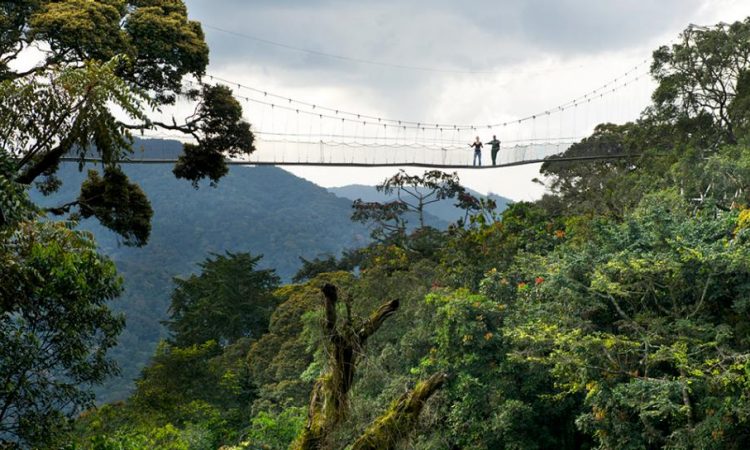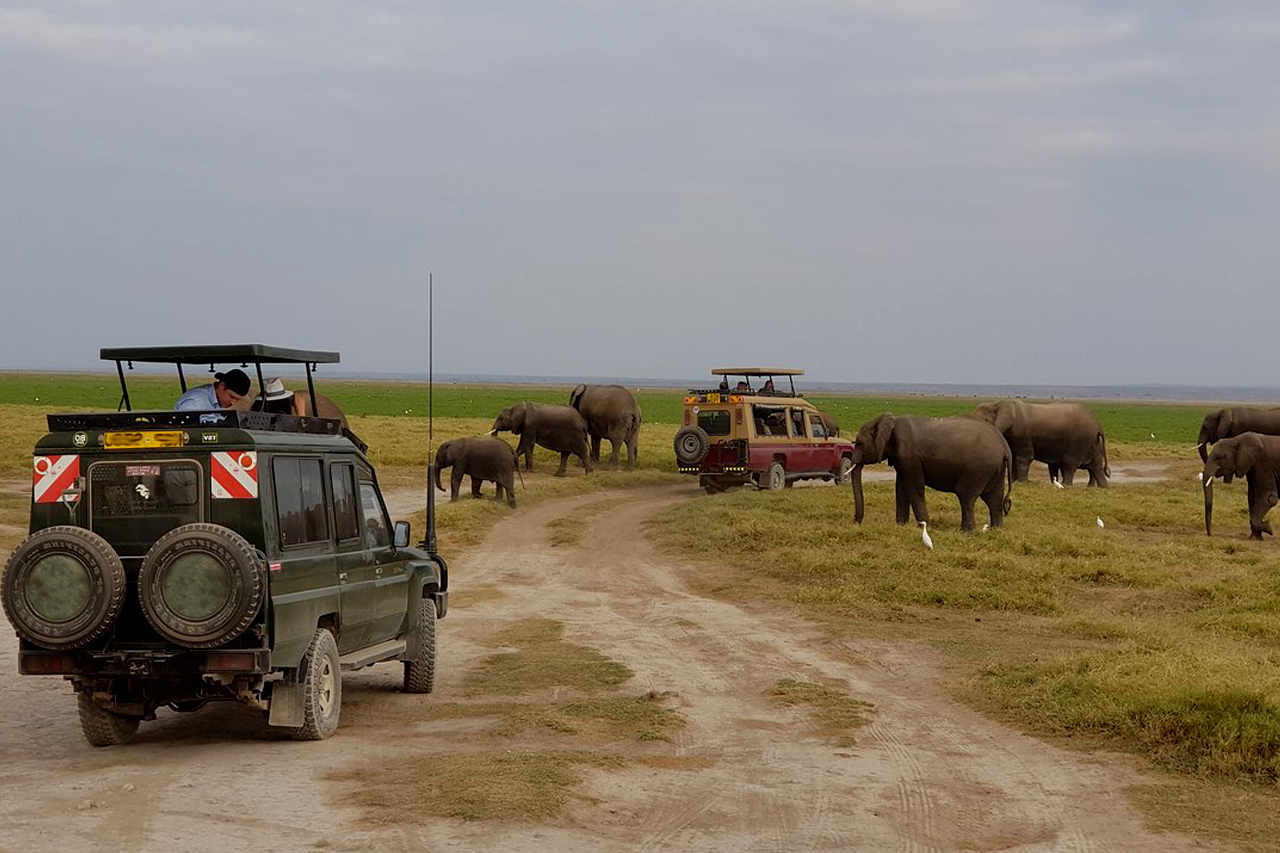For More Inquires Contact us Tel: +256 394 851 882 | WhatsApp: +256 707 821 943

Nyungwe forest national park commonly known for its bird and primate species is the largest and most ancient preserved afro-montane forest remaining in the East and Central Africa. The park is found in the south western region of the Republic of Rwanda (the land of a 1000 hills) at the border with the Republic of Burundi to the south and with Lake Kivu and the Democratic Republic of Congo to the west, occupying an area of over 1000 square metre (600 sqm) of rainforest, grassland, bamboo, swamps and bogs and has an elevation of 1600-2950m above sea level.
Nyungwe forest national park was established in 2004, as the country was decidedly looking to expand its tourism sector and later in 2005 it was declared as a national park and officially a protected area
Nyungwe forest national park harbours a variety of creatures including the habituated chimpanzees and other 12 primate species, 300 different bird species of which 16 are endemic, 75 different mammal or animal species, an astounding 120 species of butterflies and a variety of plant species
Things to do and see in the park,
The park is blessed with Nyungwe forest that is filled with nature and wildlife experiences for one to
engage in. Some of these include;
⚫ Hiking along well-maintained trails: Being hiker’s paradise, there are 13 hiking trails with over 130 kilometres of the trails through the forest.
• Chimpanzee tracking: Spots you to the habituated chimps.
•Canopy walk: Takes you through the first tree top forest walk in East Africa and the third in the all of
Africa.
•Bird watchingThe park being a birdersparadise, spots to both endemics and non-endemics
•Visiting the Isumo waterfalls: This is also a centre for some primates and bird species.
How to get to the park
The park’s main entrance is at Uwinka on the main Cyangugu – Butare road approximately 55km from Cyangugu and 90km from Butare. If traveling from Cyangugu ignore the sign in town that says its 20km and further ignore the sign 15km from Cyangugu directing you right up a dirt track. These refer to a small off shoot of the park, not the park proper.
There are buses along the route, and those interested at using motorbikes can do so of the fact that the road is in good condition. Those opting for buses are advised to book your tickets in advance.
GISHWATI MUKURA NATIONAL PARK, RWANDA’S 4th AND NEWEST NATIONAL PARK.
Gishwati Mukura National Park is Rwanda’s new and forth national park situated in Ngororero, Rutsiro, Rubavu and Nyabihu districts in the country’s Western province covering an area of about 3,558 hectares. The park has just been recently saved from the destruction following many years of continuous acts of deforestation, farming and illegal mining by a number of people who occupied the Gishwati and Mukura areas during the tragic events of the 1994 genocide.
In February 2016 Gishwati Mukura National Park was established after the September 2015 law that was passed by the Rwandan government to have a larger Gishwati forest and a small Mukura forest as a joint national parkThis was with the aim of contributing towards Rwanda’s tourism industry and protecting animals from getting extinct and wondering off.
The Gishwati Mukura National Park is home to a number of primate species including chimpanzees, blue monkeys, golden monkeys, L’Hoest’s monkeys, and black and white colobus. Other small mammals include red river hog, black-fronted duiker, Great Lake bush viper, southern tree hyrax among others.
The park is also known for over 60 species of trees like the bamboo and wood and also gifted with avariety of bird species like the Red-throated Alethe, Ruwenzori Turaco, Strange Weaver, Ruwenzori Batis, Regal Sunbird, Purple-breasted Sunbird, the Grey Crowned Crane, Stripe-breasted Tit and Martial Eagle among others.
*Things to do and see in the park
• Bird watching
•Primate Watching
• Cultural Experiences
•Nature walks and Hikes
Getting There
Gishwati Mukura national park is easily accessible. Gishwati Forest is located on a newly surfaced road 85km from Kigali40km from Rubavu and 55km from Musanze. The park can easily be visited on a drive around tour of the country. The undeveloped Mukura sector of the park is some 35km east of Karongi,reached along dirt roads.
One can also fly to the park.
Best TImes to VIsit GISHWATI Mukuru national park
Gishwati Mukura national park can always be visited throughout the year. Those interested in nature walks and hikes should opt for the long dry seasons more so from June to September. Not only advising you to opt for this period but its best for
memorable experiences and at the same time corresponds with the summer months in some countries.
But the wet months from October to May are the best for chimpanzee trekking and an adventurous forest birding encounter especially the primates that always nearer looking for food and shelter. During this period the vegetation is lush so amazing to view.
Where to stay in the park
Being a newly established conservation park, a few facilities have been setup within and near the park. Gishwati lodgeis a perfect base for travelers targeting Gishwati Mukura national park and it’s a luxurious lodge with great views of the beautiful landscape of the park. The park also has campsites which are in favour also for the budget travelers in for camping.

